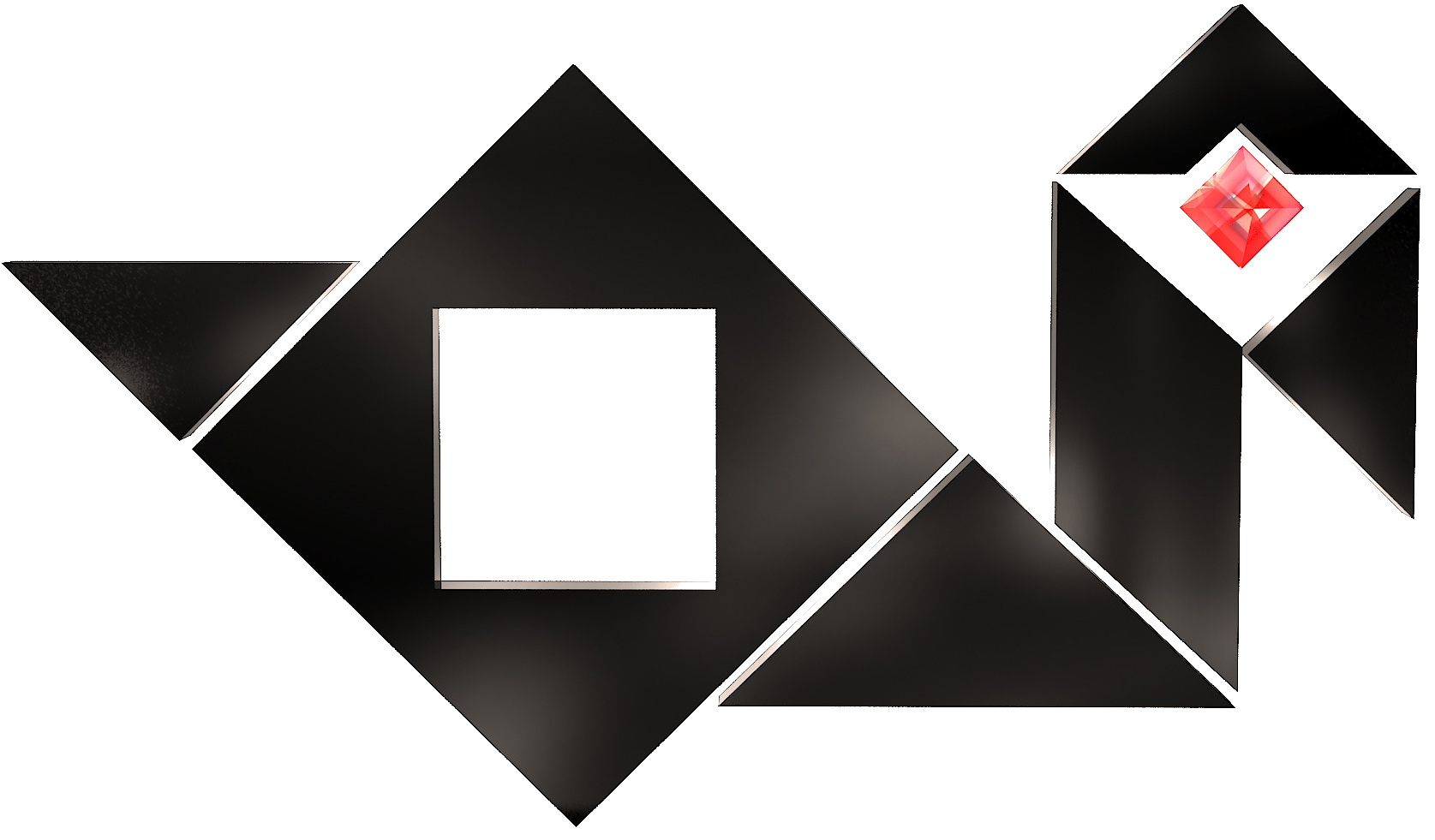TOP HOTEL LOBBY DESIGN TIPS
Your lobby is your business’s first impression. Not only does a lobby’s interior design set the tone for the overall service, style, and ambiance of the building, but it also directly impacts the perceptions and satisfaction of the people who visit it. More than just a room, a lobby is the bridge from stranger to beloved client.
We believe a lobby should be an experience for everyone who walks in. The aesthetics should be splendid enough to encourage guests to stop and take it in, while simultaneously being easy to navigate and operational for business. By following our Top Hotel Lobby Design Tips, your lobby will transform from a room into a striking and functional space that embraces your guests every time they walk through the doors.
1. Design your lobby according to your guests.
Your lobby should attract your dream clients – who are they? What are they attracted to? What draws, and further holds, their attention? How should they feel within your walls? By asking yourself these questions, you can get an idea of where to start. Are they the type that have to go from A to B as quickly as possible? Meaning a more streamlined space. Or are they the type that can stop and have coffee first? Meaning more seating and strategically placed outlets.
2. Showcase your hotel’s unique personality.
Your hotel lobby is akin to a person’s smile – it expresses everything about who they are. Your lobby is a showcase for your hotel’s personality and brand. Is your hotel minimalistic, or grandeur? You can communicate these things in the details. If your brand is understated, a simple vase of flowers can be all the decor you need. If your brand is bold, you may choose instead to showcase an ornate chandelier. Colors, textures, and style should be cohesive throughout the hotel. And no matter what your brand, be sure to utilize indoor plants and greenery to promote relaxation as well as detox the air.
3. The space should be multi-functional.
A hotel lobby can be likened to a city center – this is where all the magic is happening. Check-ins, check-outs, meet-ups, pick-ups, you name it. For this reason, the lobby should have everything your guests may need. A comfortable place to wait for a tour or recharge after a flight. An inviting area with food and beverages where one can meet a friend or colleague. A designated desk/service center to connect with the staff. Seating areas should also be complete with little details that can alleviate strain on employees, such as maps and books about the local area’s entertainment options.
Are you ready to transform your lobby from a room into an experience? The House of Design team is here to help you apply these tips to your hotel interior. Contact us for more information today.
